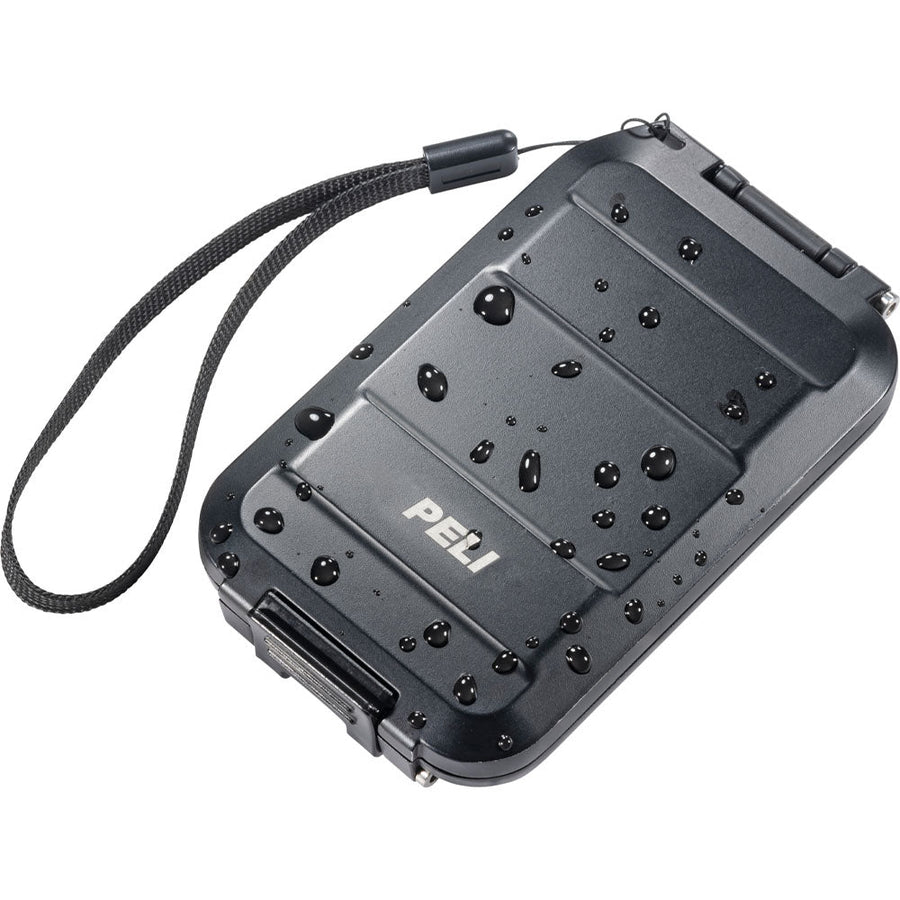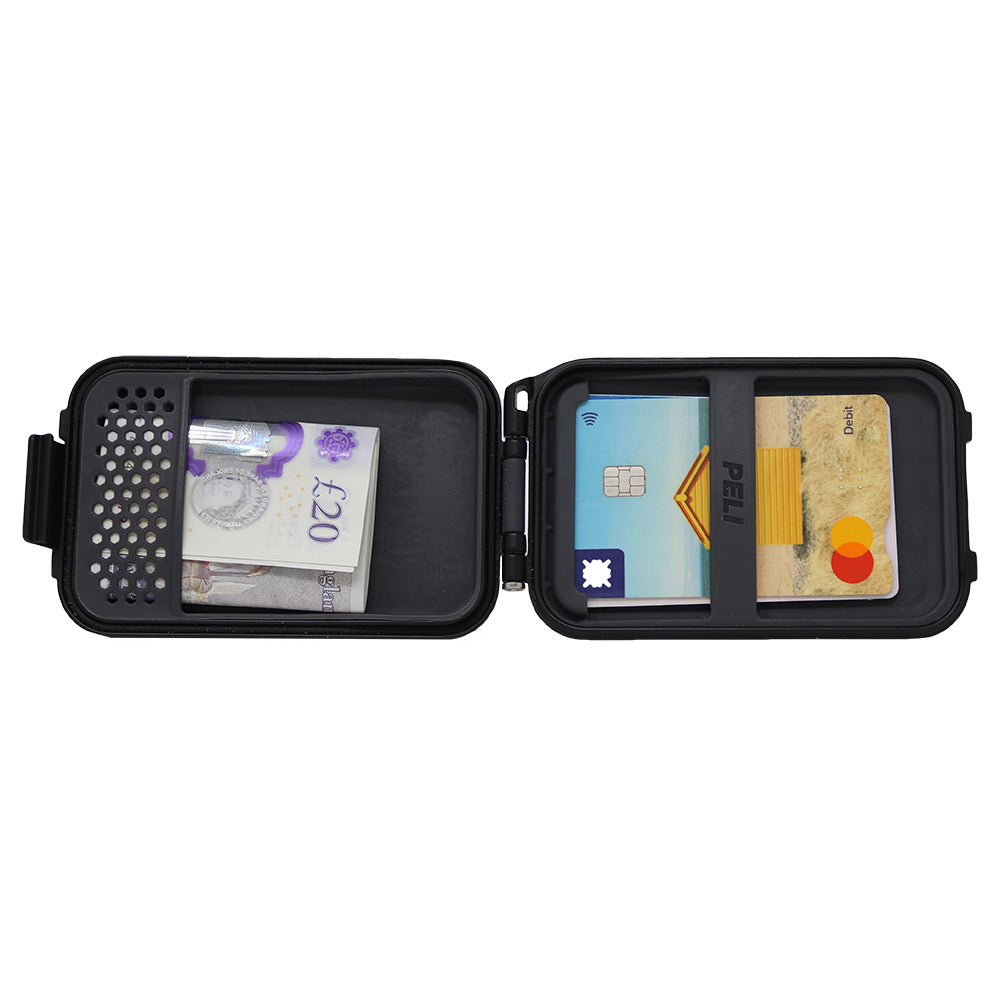An Interview With David Taylor, Landscape Photographer
David Taylor is an award-winning landscape, travel and architectural photographer, based in the North East of England.
His captivating imagery encapsulates the wild and rugged landscapes of Northumberland and the surrounding areas.
David’s work (which can be viewed on his landscape photography portfolio) has appeared in many different print and digital formats such as Living North Magazine, alongside his writing.
To complement his exceptional landscape photography work, David has written almost forty books about photography technique and the equipment that goes along with it, alongside running landscape photography workshops for photographers looking to hone their skills.
We were delighted to speak to David in detail about his take on the genre of landscape photography and the advice he would offer to anyone looking to break into the industry.

Firstly, could you tell us a little bit about yourself and the work that you do?
I'm a landscape and architectural photographer who lives and works in the north east of England. I'm particularly inspired by the Northumberland countryside: the craggy landscape of Hadrian's Wall, the wild moorlands of the Cheviot hills, and the romantic Northumbrian coastline.
Why did you choose to become a photographer?
I really wanted to be a cartoonist when I was in my early teens. It seemed like a great way to make a living (I’m sure it really is!), however, when I was taking A-level art, I borrowed the school’s camera and was immediately hooked by the potential of photography.
There’s something very compelling about instantly making an image rather than sitting with a pencil and paper waiting for inspiration. That said, this was in pre-digital days, so there was often a delay of a week or so before the film was processed and I discovered that my photos were out of focus and underexposed…
I did get a bit distracted by other things after leaving full-time education, but I had an idea that at some point I’d try to make a living as a photographer.
What drew you to focus on landscape photography as your niche?
I was in the Cubs and then the Scouts during my teenage years. I really enjoyed walking, camping and generally being outside. When I became interested in photography, landscape as a genre was appealing because of this experience.
What equipment do you typically take with you on a shoot?
I like to keep things simple. The less equipment I have to carry, the further I can walk and work effectively without exhausting myself. It also means I can carry more sandwiches. This is important.
I use a carbon-fibre tripod, which is relatively light but still very stable. I often take out a Sony A6500 as my main camera - a small but robust camera, with excellent dynamic range - with a variety of lenses, 10-18mm, 35mm and 70-200mm. Filters are important too, and I regularly use Neutral Density (ND) graduated filters, ND filters, and a polariser.
Here at Peli, we have a number of micro protective memory card cases, perfect for landscape photographers who want to keep their kit light, but to avoid running out of memory in the wilderness.

Are there any trends or changes to the industry that have affected the way you work?
There are far more tools - such as apps and websites - that make it far easier to plan a shot. And successful landscape photography does take a fair amount of planning - it’s dispiriting to arrive at a location to discover that the sun is in the wrong place for your chosen subject!
Once I did this planning with paper OS maps; now, with the right app, it’s possible to see a 3D visualisation of a scene, see where shadows fall as the sun tracks across the sky, and the direction that the sun rises and sets - all before setting off for the shoot. It’s incredibly useful information that has revolutionised how I work.
What words of wisdom would you give to budding photographers looking to focus on landscape photography?
Look at the work of other landscape photographers. Not to copy what they do, but to see how they do what they do. This includes looking at how their shots are composed, exposed, and what times of day and weather conditions make the most interesting opportunities (Hint: it’s generally not the middle of the day when there’s not a cloud in the sky!). Finding your own ‘voice’ is important but it’s equally as important to have a good knowledge of what’s gone before.
Why should budding photographers choose a career in landscape photography?
It’s fun, keeps you fit, and you get to explore the world around you. What’s not to like? You also get the satisfaction of creating images that may just inspire others to do the same thing.
What are the biggest challenges for landscape photographers?
Landscape photography is now a very competitive business so finding interesting projects for good clients can be difficult. It’s not just about photography, it’s about being able to market yourself effectively without losing sight of being a photographer with a particular vision.
Social media is the most important way currently to do this. Personally, it’s not something I find easy to do. Finding a balance between making a living and yet still be creatively fulfilled can be a difficult task.

What finishing touches do you tend to make to your shots? Are there any specific tools you would recommend?
I do try to get a shot as right as possible in-camera - exposure in particular. However, I shoot Raw so there’s inevitably some post-production work required afterwards. I try to keep this to a minimum - tweaking colour and contrast mainly (and cloning out sensor dust spots, a common problem with mirrorless cameras). I use a combination of Adobe Lightroom - for the initial processing work - and then Adobe Photoshop for the final polish.
Are there any influencers or resources that inspire your work?
There are an astonishing number of excellent landscape photographers working in Britain today whose photography I find inspiring: Joe Cornish, Charlie Waite, David Noton, David Ward and Colin Prior are just a few of those who are influential. They’re all technically excellent masters of their craft and have an enviable ability to convey a real sense of place. I also enjoy seeing other types of photography too (A diet of just one genre of photography isn’t a good idea!).
Documentary photographers such as Elliott Erwitt and Martin Parr are photographers whose work I return to again and again. Any photographer who can make you see the world a little differently is to be treasured.
What keeps you inspired when heading out on your shoots?
Oddly enough it’s light that keeps me inspired. You don’t so much photograph a landscape as the effect of light falling on it. The qualities of light change depending on the time of day, the time of year, and the weather.
I’m more than happy to return to familiar locations as the light falling on those locations is invariably different each time. I don’t think I could get bored of seeing the various effects of light, particularly in Britain with its constantly changing weather and different seasons.
Worried about keeping your camera equipment safe? Take a look at our range of protective camera cases, which offer fantastic protection from the elements.







Leave a comment